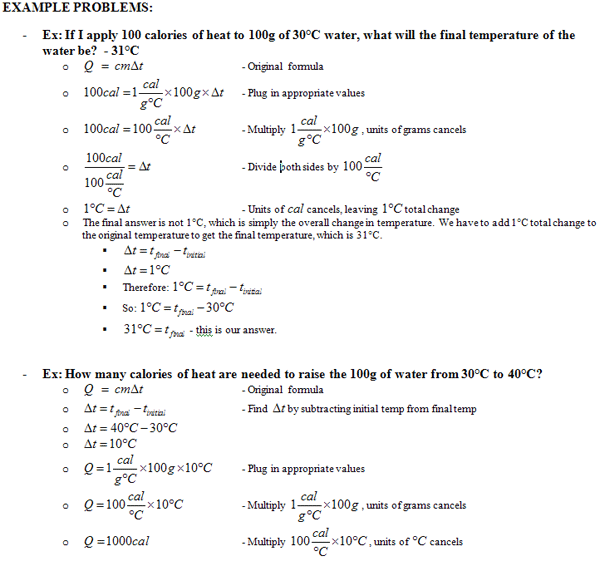

Specific volume (v): Calculated based on the volume of fluid per unit mass (different from total volume, which is unnecessary) and is used in this cycle to calculate the enthalpy out of the pump. Thermodynamics is a branch of physics which deals with the energy and work of a system. Step 1: Determine the change in internal energy of the system, the heat added to or removed from the system, and the. Enthalpy is the property we will use to calculate work at the end according to the First Law of Thermodynamics, to be introduced later.

The following Physics Calculators are provided in support of the Thermodynamics tutorials. Determine the work done on the system and the change in volume of the gas. The specific heat in constant volume is expressed by the following equation: Calculate the amount of heat absorbed by the gas. In addition to the Thermodynamics tutorials, we also provide online Thermodynamics Calculators which allow you to calculate specific Thermodynamics formula in support of the tutorials or to check and verify your own calculations in support of your homework, coursework or thesis.

This section also explains important concepts of gases such as pressure, root mean square speed, molar specific heat, degrees of freedom, entropy, specific heat capacity and specific latent heat of fusion and vaporization. Since u and h depend only on the temperature for an ideal gas, the constant volume and constant pressure specific heats cv and cp also depend on the. In general, work is defined for mechanical systems as the action of a force on an object through a distance. In this section, thermodynamics concepts explained include like temperature, states of matter and changes in state, thermal energy, heat and heat exchange, thermal expansion and contraction, absorption of heat, methods of heat transfer, laws of thermodynamics, ideal gas and the laws pertaining to it (both general and specific).


 0 kommentar(er)
0 kommentar(er)
